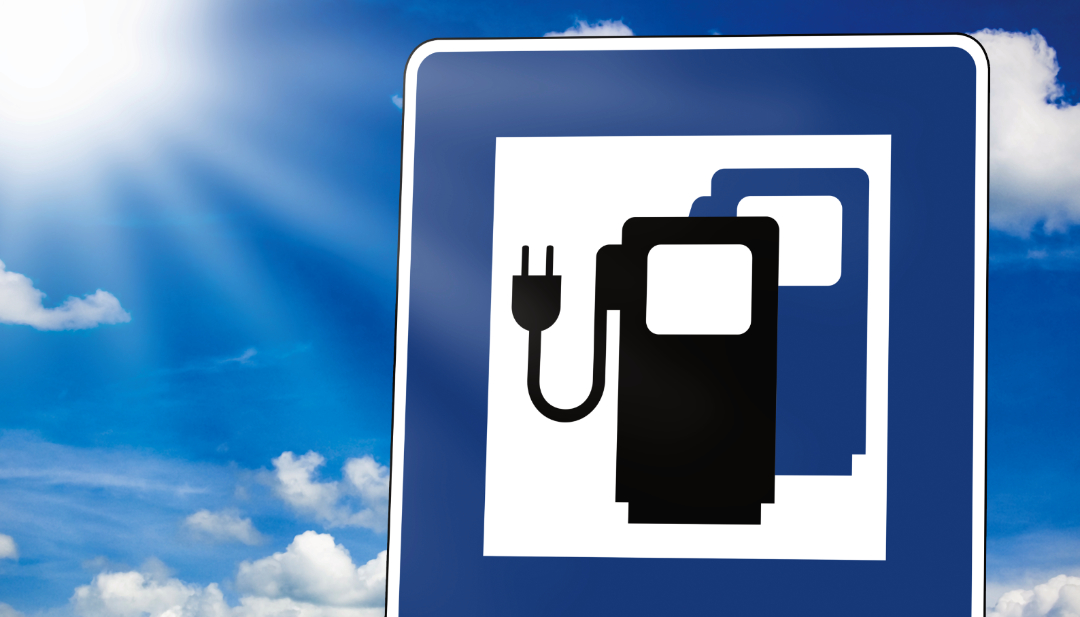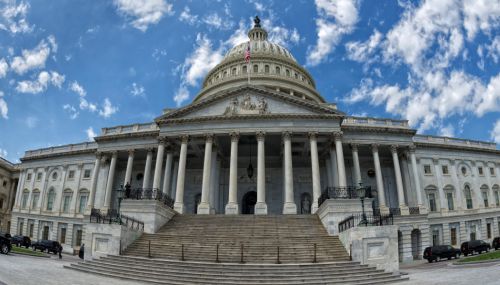All
Building Designated Alternative Fuel Corridors
by Ed Burke and Kelly Burke, Dennis K. Burke Inc.

As more EVs take the road, there need to be convenient charging options wherever drivers travel
The first electric vehicle charging station funded by the Bipartisan Infrastructure Law has begun operating in Ohio, the White House said in December.
As the government ramps up public charging stations to address a key concern of potential buyers, the federal program is off to a slow start. After two years and with more than $2 billion given out, there’s only a single charging station built and online, and Vermont, Pennsylvania, and Maine have broken ground on new stations.
The number of rapid EV chargers is increasing, but it’s not as fast as it should be.
Automakers and advocates say significantly increasing EV charging stations is essential to the wide deployment of electric vehicles. The White House has set a goal to grow the nationwide network of chargers to 500,000, including high-speed chargers. Currently there are 170,000 publicly available EV chargers across the country.
With over four and a half million EVs on the road, we’re still quite a way away from electric vehicles dominating U.S. roadways. Robust electric vehicle infrastructure is pivotal to widespread adoption and the centerpiece of the recent infrastructure legislation.
EV demand has softened in recent months. In surveys, consumers indicate that higher prices have eclipsed range anxiety as the primary source of their hesitation.
Infrastructure Law
The Bipartisan Infrastructure Law (BIL) allocated $7.5 billion to develop EV charging infrastructure across the country.
The goal of this funding is to install 500,000 publicly accessible charging stations, compatible with all vehicles and technologies, nationwide by 2030.
This legislation also includes the National Electric Vehicle Infrastructure Formula Program, which provides states with $5 billion over the next five years to establish their own network of electric vehicle chargers.
These EV charging stations will be deployed along “designated alternative fuel corridors” on the national highway system. Under the program, states can qualify for as much as 80 percent of the cost to build chargers and bring them online.
The Tesla Boost
About 65 percent of registered EVs in the U.S. are a Tesla vehicle with access to the Tesla Supercharger Network, which accounts for about two-thirds of the 170,000 public EV chargers currently available across the country.
There’s been a widespread adoption of Tesla’s North American Charging Standard (NACS). Last year, Tesla opened the Supercharger Network to Ford’s electric vehicles. Most other automakers have said that their EVs will also be able to access Tesla Superchargers this year, with others expected to adopt Tesla’s NACS in 2025.
Tesla will really need to ramp up its network as its users will increase substantially in the coming years. The Supercharger Network is growing at a rate equivalent to one new stall every hour.
DCFC Chargers
Even with federal funds, part of the problem may also be cost, because the chargers are quite expensive to build and maintain. The types of chargers mentioned in the law are either Level 2 or Level 3, also known as Direct Current Fast Charging (DCFC). Level 2 chargers use alternating current electricity and take between four and 10 hours to charge an EV, while DCFCs use direct current and can charge an EV in less than an hour.
Any long-term solution would prioritize DCFCs. But DCFCs are considerably more expensive to install. A 2019 study by the Department of Energy found that while Level 2 chargers can cost up to $6,500 to install, DCFCs can cost as much as $40,000 and higher.
EV Infrastructure Goals
The installation of 500,000 charging stations by 2030 aligns with the administration’s aim for electric vehicles to comprise half of all new car sales by the end of the decade.
Each state was required to submit an Electric Vehicle Infrastructure Deployment Plan to access the allocated funds. This was to help ensure a convenient, reliable, affordable and equitable charging experience for all users. All 50 states have developed plans for building EV infrastructure and many states have begun issuing proposals or awarded contracts for installing chargers funded under the program, the White House said.
States can now begin constructing their networks of chargers and the approved deployment proposals grant them access to more than $1.5 billion to support these efforts. The remaining $3.5 billion will be dispersed over the next four years to help bolster what officials are calling the backbone of our national EV charging network.
The approved Electric Vehicle Infrastructure Deployment Plans ensure that every state will be able to leverage the investments from the BIL. Transportation Department officials said EV charging stations should be installed every 50 miles and each within one mile of an interstate.
While it is unclear how many charging stations the BIL funds will support, it is estimated these networks will cover 75,000 miles of highways from the largest cities to the most rural communities.
Ultimately, consumers will have to look at their own lifestyle to decide whether EVs are a good fit. The folks that can charge their EV at home or while at work have a much easier decision to make than those who rely on public charging stations. That’s the convenience part of public chargers – how far do I have to travel to the charging station and how much time is spent charging the vehicle.
Ed and Kelly Burke are respectively Chairman of the Board and Senior Marketing Manager at fuel distributor Dennis K. Burke Inc. They can be reached at 617-884-7800 or ed.burke@burkeoil.com and kelly.burke@burkeoil.com.
Related Posts
 National Energy Choice Legislation Advances Through Committee
National Energy Choice Legislation Advances Through Committee
Posted on November 20, 2025
 New and Improved: NEFI Member Benefits Deliver More Value
New and Improved: NEFI Member Benefits Deliver More Value
Posted on October 17, 2025
 It’s Upgrade Season. Get the Sale.
It’s Upgrade Season. Get the Sale.
Posted on October 16, 2025
 The Value of Providing Value
The Value of Providing Value
Posted on October 16, 2025
Enter your email to receive important news and article updates.
